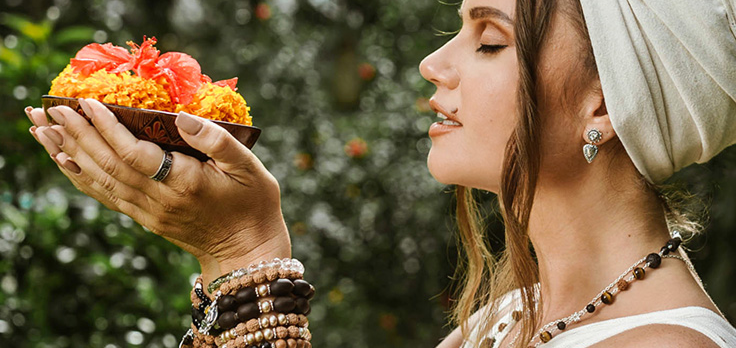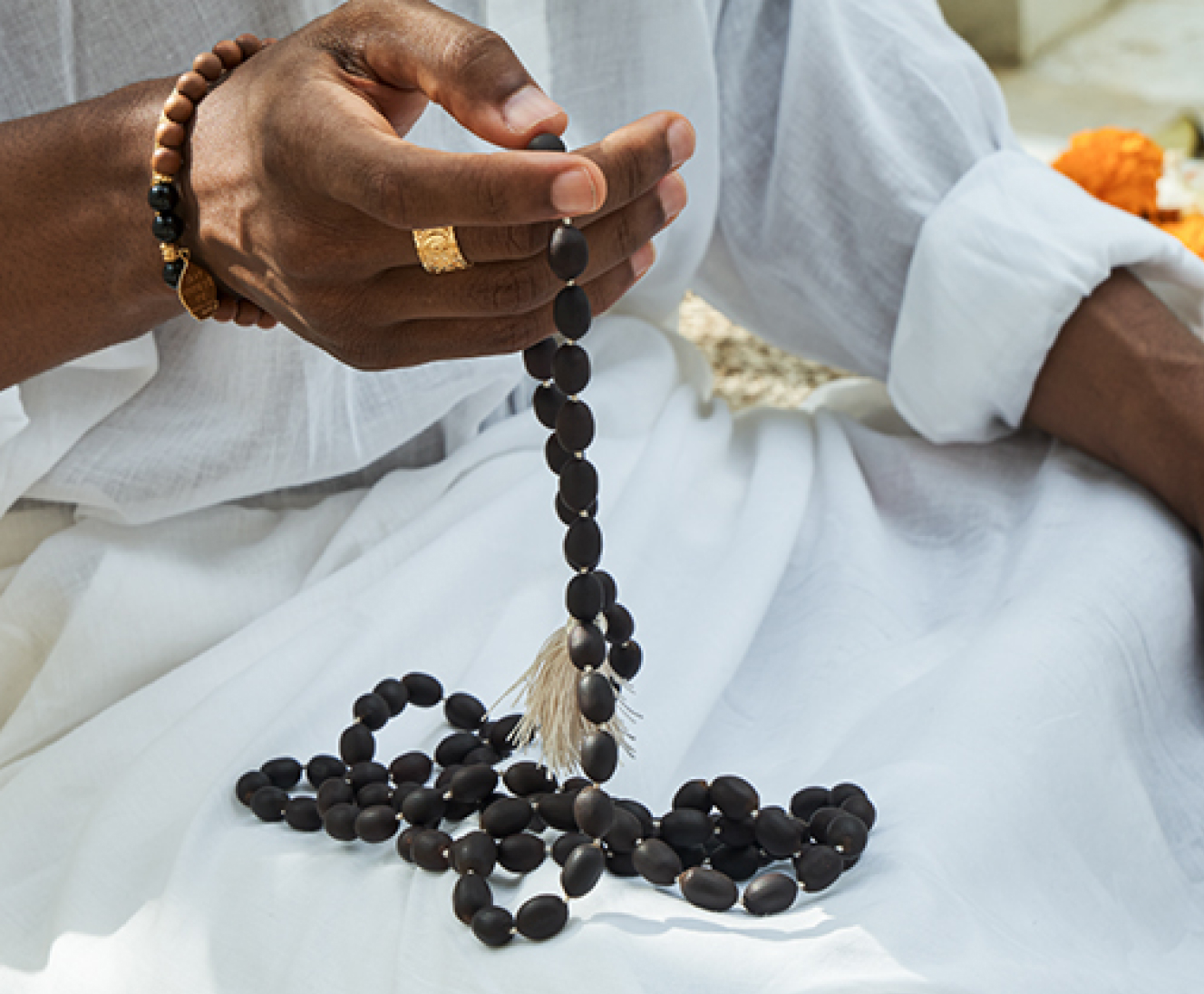
How to Identify Authentic Rudraksha: Tips for Buyers
Rudraksha beads hold deep spiritual significance in Hinduism, Buddhism, and yogic traditions. Often called the tears of Lord Shiva, they are revered for their calming energy and support in meditation and healing practices.
As their popularity has grown worldwide, so has the market for fake or low-quality Rudraksha beads. For sincere seekers, this makes it crucial to know how to identify genuine beads to ensure both authenticity and the mala’s spiritual benefits.
Here’s a practical guide to help buyers distinguish real Rudraksha from imitations.
- Understand the Basics of Rudraksha
Rudraksha beads are seeds from the Elaeocarpus ganitrus tree, found primarily in Nepal, India, and parts of Southeast Asia. The seeds have natural vertical grooves or segments called mukhis (faces). These mukhis run from the top to the bottom of the bead and are one of the first signs of authenticity. Genuine Rudraksha beads are lightweight but durable, brownish or reddish in color depending on origin, and slightly rough in texture with natural, uneven lines. Knowing these basic features sets the foundation for spotting fakes.
- Check the Natural Grooves (Mukhi Lines)
One of the easiest ways to identify a real Rudraksha is by closely examining its grooves. The lines or ridges should run all the way from one end to the other without breaks. Fake beads often have artificially carved or painted grooves that look too perfect or shallow. Authentic Rudraksha beads aren’t perfectly symmetrical; each bead has a slightly unique pattern, which is a sign of natural origin. A magnifying glass or a well-lit environment can help you inspect the grooves carefully before purchasing.
- Assess the Texture and Weight
Genuine Rudraksha beads have a slightly rough, natural surface that feels firm but not brittle. They’re surprisingly lightweight given their durability. In contrast, fake beads made of wood or plastic often feel too smooth, polished, or slippery, while synthetic replicas may feel unusually heavy or hollow depending on the material. A real Rudraksha seed feels organic and earthy, without any chemical or synthetic coating.
- Perform the Water Test (with Caution)
The traditional water test is a simple way to check authenticity. Fill a glass with clean water and drop the Rudraksha bead into it. A genuine Rudraksha generally sinks, while many fake ones float. However, this test is not foolproof. Some genuine beads may float due to natural air pockets or damage, while some fakes may sink if weighted. Use this method as a quick preliminary check, not as your only criterion.
- Avoid Perfectly Polished or Colored Beads
Many counterfeit Rudraksha beads are coated with polish, paint, or varnish to make them more attractive. Authentic beads, however, are not glossy or artificially colored. A genuine bead usually has a matte or slightly dull appearance. If the bead looks unusually shiny or uniform in color, it may have been chemically treated or dyed. Always choose beads that look natural, even if they appear less perfect.
- Source from Trusted Sellers
Perhaps the most important step is buying from reputable and certified sellers. Look for vendors who provide authenticity certificates from recognized laboratories, sellers with a history of dealing in spiritual or traditional items, and transparent return and exchange policies. Buying from trusted sources minimizes the risk of counterfeits and ensures you get high-quality, sustainably harvested beads.
- Know the Origin and Price Range
Rudraksha beads from Nepal are often considered superior due to their thick, well-defined mukhi lines and durability. Indonesian Rudraksha beads are smaller and smoother but equally effective if genuine. If a seller offers Rudraksha malas at prices that seem too good to be true, it’s a red flag. Authentic Rudraksha beads, especially rare mukhis like 1, 9, or 14, are valuable and usually cost more.
- Additional Professional Tests
For high-value Rudraksha beads, professional verification methods include X-ray scanning, which confirms the natural internal structure and number of mukhis, and heat or gravity tests conducted by certified gem or spiritual item labs. These services can be worth the investment for rare or expensive beads.
- Care for Your Rudraksha Beads
Once you’ve purchased genuine Rudraksha beads, take care of them to preserve their quality. Keep them away from harsh chemicals and perfumes. Clean them gently with a damp cloth and dry in the shade. Apply a drop of natural oil such as mustard or sandalwood oil occasionally to keep the beads from drying out. Proper care not only protects your mala but also enhances its natural luster over time.
Final Thoughts
Buying an authentic Rudraksha mala is both a spiritual and practical investment. By learning to identify natural grooves, feeling the texture, avoiding overly polished beads, and sourcing from trusted sellers, you can ensure you receive a genuine bead that lasts for decades. Remember, a true Rudraksha doesn’t have to look perfect; its natural imperfections are part of its authenticity and charm. With the right knowledge and careful inspection, you can confidently choose beads that support your meditation, healing, and spiritual journey.
Make sure to also check out our article on different types of Rudraksha.
Discover Your Personal Power Bead According To Your Birth Chart

Join Our Sacred Circle & Get 10% Off
Sign up to receive exclusive access to ancient wisdom, divine offers and soulful events. Let the sacred flow into your inbox.


0 comment
Leave a Comment